
Microsoft Blazor: Build client web apps with C#
Blazor, developed by Microsoft is a free and open-source web framework that allows web developers to build applications using C# and HTML; instead of JavaScript. Released around September 2019, the Blazor framework has gained immense popularity due to the ease and flexibility it offers to web developers.
Blazor allows for both server-side and client-side development. Its server applications host Blazor components on the server and handles UI interactions and updates over instantaneous SignalR connections. Simply put, Blazor is a new framework that enables developers to use C# for building interactive web UIs.
Components of Microsoft Blazor
Blazor apps are based on elements of the user interface (UI) such as dialog, page, or data entry form. These elements are known as components. Components are basically the .NET classes developed into .NET assemblies that define flexible UI interpretation logic, handles user events, capable of nesting and reuse, can easily be shared and distributed as NuGet packages and Razor Class libraries. The most popular components of Blazor includes Data Grid, Scheduler, and Charts.
Blazor WebAssembly: A sandbox that executes bytecode instructions
Blazor WebAssembly is another important part of Microsoft Blazor that offers freedom from the Blazor dependent server. It delivers the flexibility to the developers to adapt on the basis of user requirements. Using WebAssembly, Blazor can run the client-side C# coding directly in the browser. Users can reuse libraries and code from the server-side of the application. WebAssembly, also known as Wasm is a sandbox that works on executing the predefined bytecode instructions. In simple words, it is a binary instruction format designed exclusively to provide a compilation target for languages like C++.
How Microsoft Blazor is going to change the native mobile app development?
For quite a long time, we are building applications using PHP, ASP.NET, etc. These applications run completely on Server. There are some downsides to this development ethic. The developers always require configuring Servers with the software to run the app. PHP, ASP.NET, and backend processors have to be configured on the server. Page load time is slow and sometimes annoying. With the development of single-page applications like Blazor, web developers have got a new way to develop native mobile apps. Blazor is unarguably changing the native mobile app development due to its following feature-packed attributes:
1) Open-source and free
Microsoft Blazor is an open-source framework for building web applications made up of web UI components using HTML and C#. This platform takes design inspiration from JavaScript frameworks such as React and Angular.
2) Interactive web UI with C#
Blazor enables web developers to build interactive web UIs using C# instead of JavaScript. Both client and Server-side coding are developed in C# that allows the developers to share codes and libraries.
3) Run-on WebAssembly or the server
Using WebAssemply, Blazor can run the client-side coding directly on the browser. The developers can reuse the codes and libraries from the server-side coding part of the application because it’s the actual .NET running on WebAssembly.
4) Built on open web standards
It is quite amazing that Blazor makes use of open web standards without code compilation or plugins. Moreover, it works on mobile browsers as well as all the modern web browsers.
5) Share code and libraries
Native apps built using Blazor can use existing, NET libraries and the credit goes to .NET standards. ASP.NET framework allows the same code and libraries to be utilized by the browser, server or anywhere the developers write .NET code.
6) JavaScript interop
C# can call JavaScript APIs and libraries and you can use the huge structure of JavaScript libraries that exists for client-side UIs while coding in C#. Blazor pays full attention to executing JavaScript code (if any) on the client-side while executing server-side code.
7) Free tools for every operating system
Blazor framework delivers a great and flexible development experience for various operating systems such as Windows, macOS, Linux, Android, etc. This happens with the comprehensive support of Visual Studio and Visual Studio Code.
8) UI component ecosystem
Blazor’s Razor component model is very conversant from working with ASP.NET MVC or Razor pages. With the Razor component, it is very easy to create building blocks of the applications UI. Reusable UI Components are available from top vendors such as Syncfusion, Telerik, etc.
9) Active community
An active community of developers is dedicatedly writing tutorials, author books, answer questions, product samples, and clear doubts. Awesome Blazor is a Resource list for Blazor maintained by the community.
Microsoft Blazor is likely to become mainstream
Blazor brings along a new generation of packages, libraries, tools for solving common development problems. The Web is an omnipresent platform that has evolved drastically into mobile applications and desktop apps through Progressive Web Applications development. This also includes a hybrid app model like Cordova, Electron, and others. The high-end technologies that bring Web everywhere are combined with Blazor framework; therefore, expanding the reach and capabilities of .NET applications.
WebAssembly prevents the developers from falling into the risk of tying to any particular development model for hosting mobile applications. Moreover, Blazor gives flexibility to the developers to choose how and where they would like to host the apps.
Final Words
Microsoft Blazor framework is here to stay for long. In the future, it is going to transform the web development processes and procedures for the ASP. NET developers and users. With future Blazor editions of Hybrid, PWAs, and Native Blazor, the framework is likely to evolve more swiftly.
TechAhead, a leading mobile app development company is known to deliver high quality mobile apps for all platforms and frameworks. Contact our experts now to take your business to the next level.
Also read: Building Cross-Platform Mobile Apps with React Native: An Overview

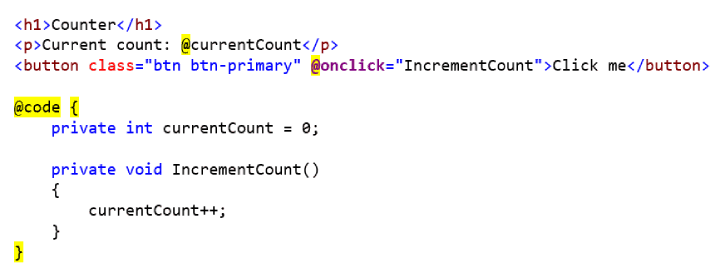
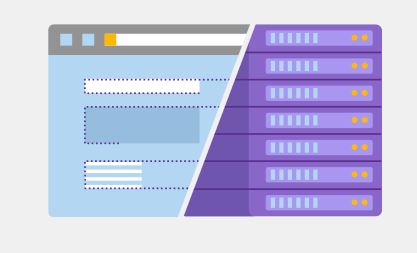
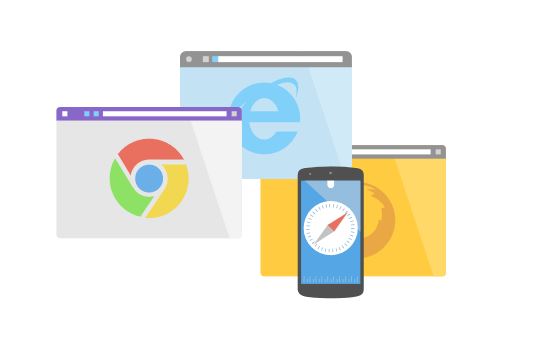
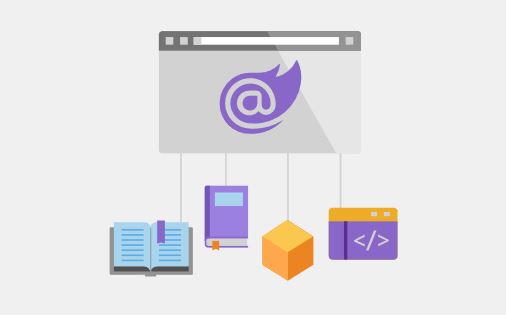
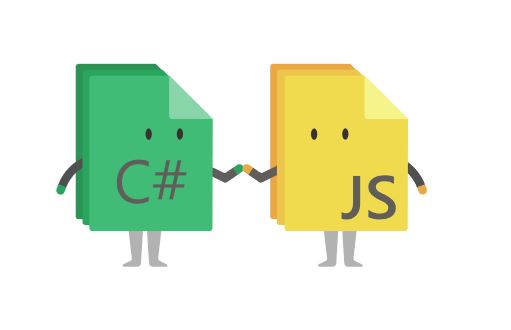




![Turbocharge Your Mobile App with AI: 7 Integration Strategies [Infographic]](https://tamediacdn.techaheadcorp.com/wp-content/uploads/2024/03/16034248/Screenshot-2024-03-28-at-2.30.22%E2%80%AFPM.png)
